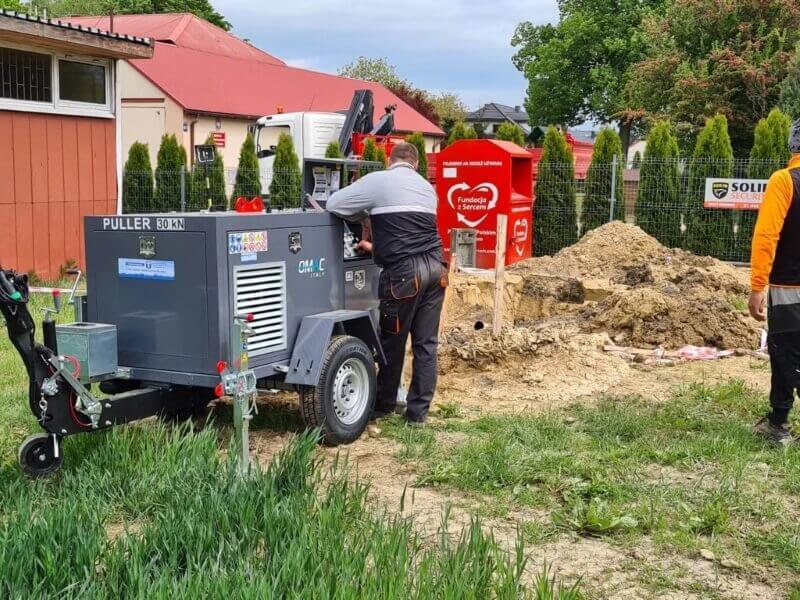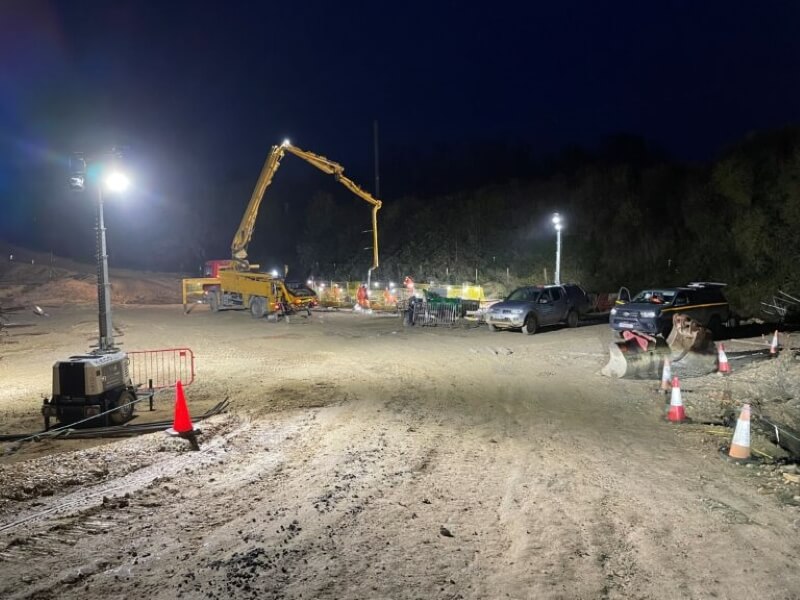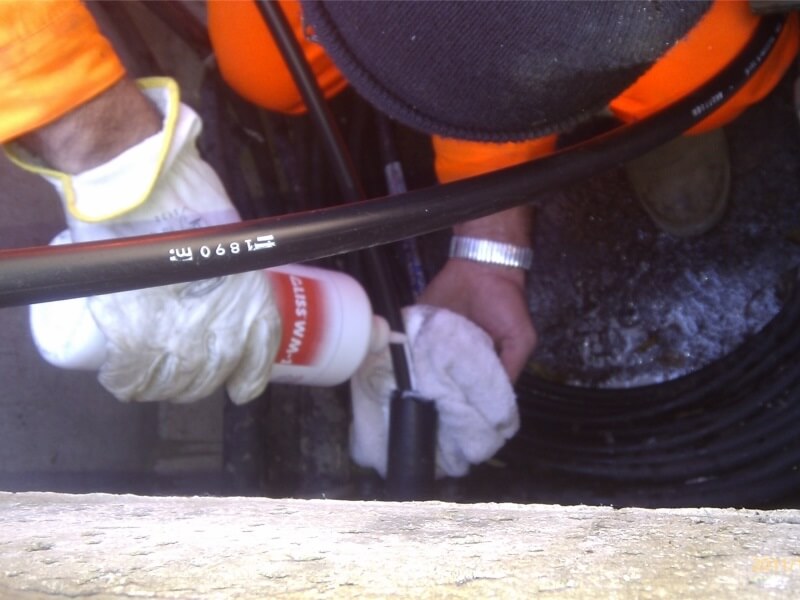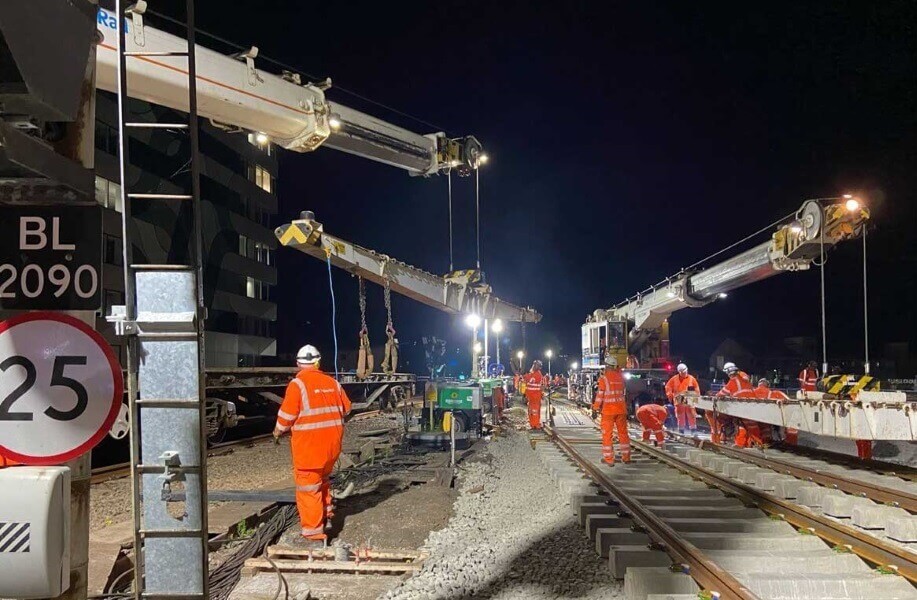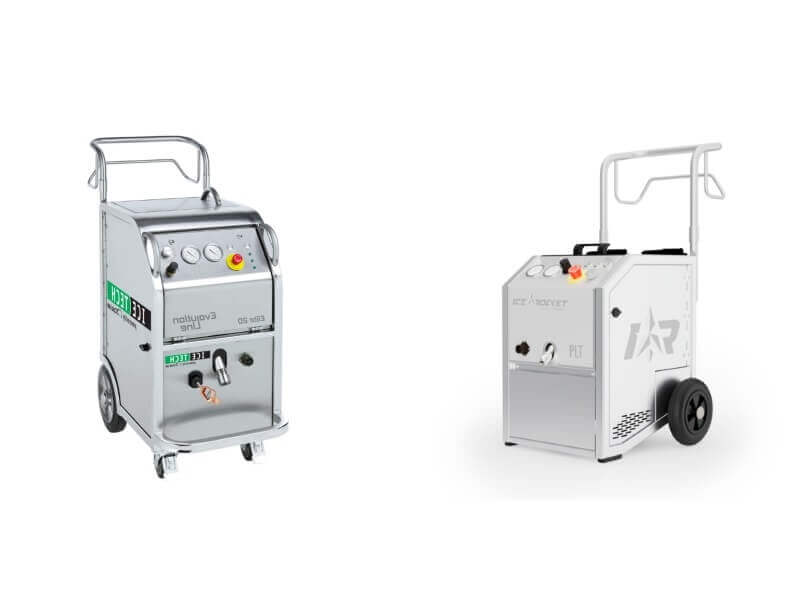What winch to choose to ensure the right working conditions? What are the types of winches?
In the following article, we will show you how to calculate the force needed to pull, pull and brake cables, wires and different types of ropes.
You don’t know what type of winch will be suitable for your industry?
You can find more about the types of winches on our blog!
How to choose a winch? How to choose the power of winches and hydraulic tensioners?
Cable winches – underground cable lines
In order to select the appropriate power of the cable winch, it is necessary to know what type and diameter of cables will be pulled. The weight of the cable is negligible as the cable is not lifted but only pulled in the open trench on cable rollers or a sleeve pipe. In both cases, friction should be minimized so that the cable is pulled as gently as possible.
Currently produced cables are very delicate due to their structure. They are made of brittle metal alloys, plastic fillings and thin sheaths, which are quickly damaged after excessive stretching, therefore the maximum cable pulling force is specified by the manufacturers and this is the only determinant of the maximum cable pulling force and the selection of the cable winch force.
In order to pull long cable sections, the only way is to properly lay straight cable rolls in the trench and properly profile the angle rolls at the bends.
Any wrong profiling will increase the frictional resistance, which is tantamount to increasing the pulling force. If we pull the cable in the pipes, the only method is to thoroughly clean the pipeline and use lubricants , which minimizes friction by up to 80%.
For longer stretches with many curves where it is not possible to position the rollers in a way that reduces friction to the point of safely pulling the cable, assistive devices called a cable dog are placed along the line.
Overhead line winch and tensioner set – method of operation
The quickest method to calculate the minimum force necessary to pull in overhead wires is presented below. First, we calculate the braking force of the wires based on the cross-section of the wires. The weight of the cable is not taken into account.
– FT – tensioner force (daN) = (Cable cross-section in mm 2 ) X 4 X Number of cables per phase.
For example – AFL 6-240 cable; Diameter = 21.7mm; Cross section = 240 mm 2
For lines with one wire per phase
Calculation of the minimum power – Tightener = (240 x 4) X 1 = 960 daN, i.e. approx. 1 ton
For lines with three wires per phase
Calculation of the minimum power – Tightener = (240 x 4) X 3 = 2880 daN, i.e. approx. 3 Tons
To calculate the minimum winch force, add at least 30% of the tensioner force according to the formula below:
FP – winch force (daN) = FT + 30%.
For lines with one wire per phase
Winch = 960 daN + 30% = 1248 daN
For lines with three wires per phase
Winch = 2880 daN + 30% = 3744 daN
It is possible to determine the pull-in force of the wires, without going into exact calculations, taking into account the specific load of the wires of 4 kg / mm 2 .
This is, of course, the minimum force of the devices necessary to overcome resistance when pulling wires on medium and high voltage overhead lines.
However, in order to fully use the devices at the right speed, we suggest purchasing machines with a force 2 times higher. This will allow you to pull wires up to 5km per hour.
Don’t know which winch or tensioner to choose for your project?
Check out the full range of machines for cable and overhead lines!

Like our post?
Give us a review on Google!
The article is a work within the meaning of the Act of February 4, 1994 on copyright and related rights. All copyrights are vested in powerenergy.com.pl; Further dissemination of the work is possible only with the editor’s consent.
